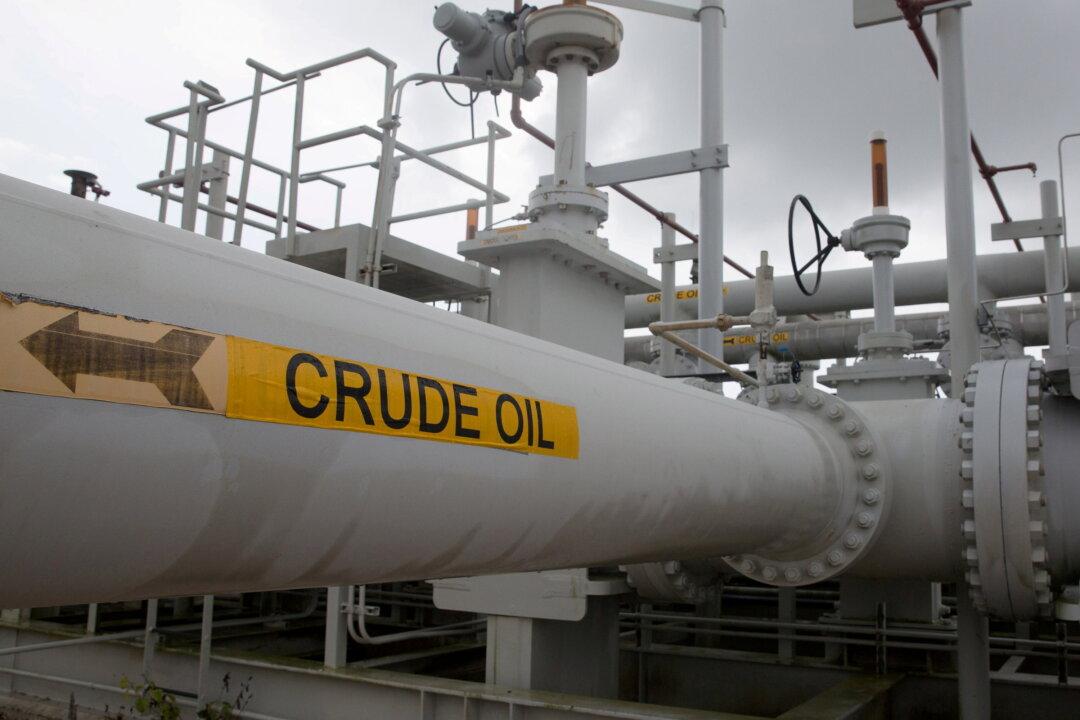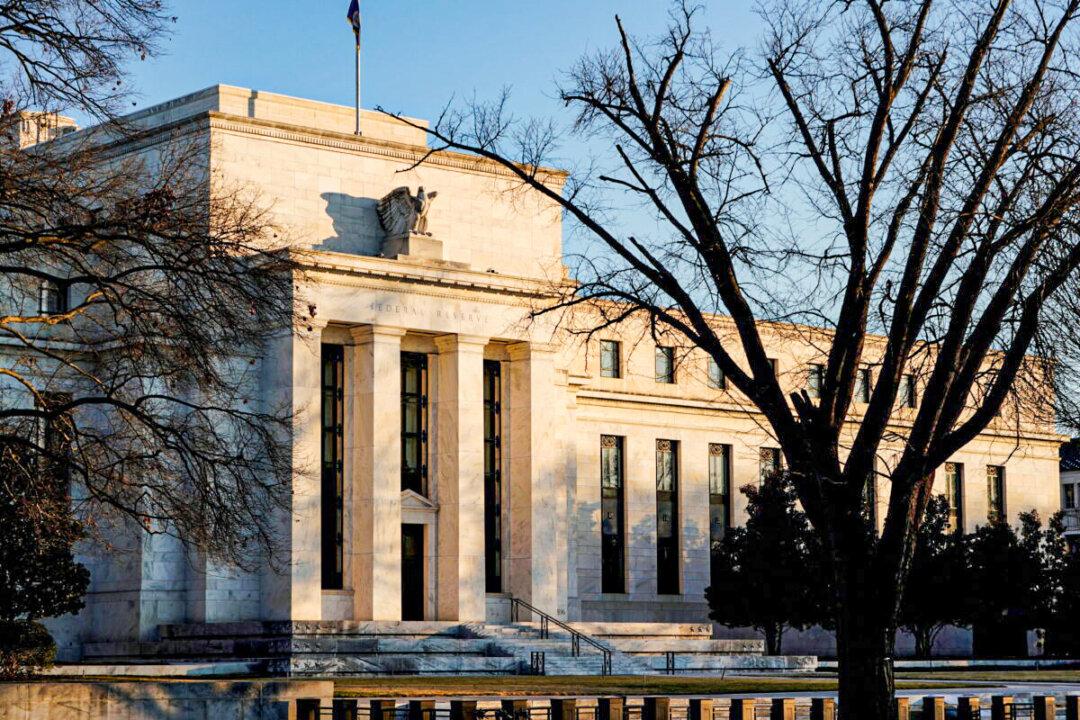Commentary
Crude oil prices continue to scream higher and have recently touched their highest level since the Global Financial Crisis. Many pundits are predicting crude oil prices will continue to climb and could easily break the peak set back in July 2008. With the world turning its back on Russian oil and inventories at Cushing, Oklahoma, fast approaching their all-time lows, the case for higher crude oil seems to be a certainty.





